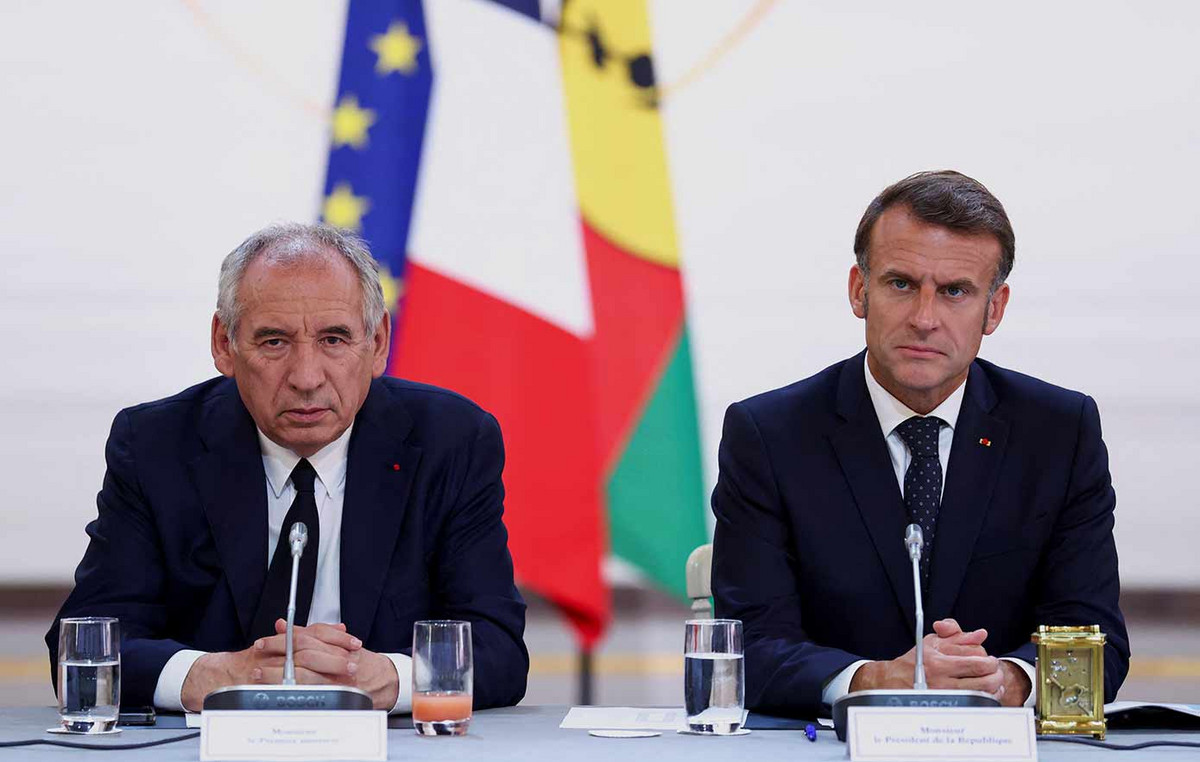- The Euro manages to recover ground against the Dollar.
- Stock markets in Europe open Thursday’s session mostly with gains.
- EUR/USD falls to new multi-month lows near 1.0490.
- The US Dollar Index DXY gives up some gains after hitting new yearly highs.
- Preliminary inflation figures in Germany will focus investors’ attention in Europe.
- In the US, the final GDP figures for the second quarter, weekly unemployment benefit claims and various statements from members of the Federal Reserve will be published.
After setting new eight-month lows around 1.0490, the Euro (EUR) now manages to regain ground against the US Dollar (USD), encouraging the EUR/USD pair to recover above the 1.0500 barrier after the bell. opening on Thursday in the Old Continent.
On the other hand, the Dollar’s recovery is facing some headwinds soon after hitting fresh 2023 highs on Thursday in the 106.80/106.85 region when measured by the DXY Dollar Index. The turnaround in the index also comes hand in hand with a lack of direction in US yields, which remain at multi-year highs across the curve.
The same situation is occurring in the German money market, where the 10-year Bund yield is approaching 2.90% for the first time since mid-July 2011.
From the point of view of monetary policy, investors continue to factor in the expectation that the Federal Reserve (Fed) will apply a new interest rate increase of 25 basis points at the end of the year. At the same time, market rumors continue to suggest a possible pause at the European Central Bank (ECB), despite current inflation levels well above the entity’s target and growing concerns about a possible recession.
Later in the session, Germany’s preliminary inflation rate will take center stage, followed by eurozone economic sentiment and consumer confidence data.
Across the Atlantic, investors are expected to closely monitor the release of final second-quarter GDP growth rate figures, followed by the usual weekly initial jobless claims and speeches by Austan Goolsbee (Governor of the Chicago Fed) and Lisa Cook (FOMC Governor). Additionally, Fed Chairman Jerome Powell will participate in an event with educators in Washington, DC.
Daily summary of market drivers: The Euro shows signs of life around 1.0500
- The Euro rebounds from multi-month lows against the Dollar.
- Yields in the US and Germany are trading without a clear direction so far on Thursday.
- Markets are pricing in the Fed to raise rates by 25 basis points before the end of the year.
- Investors anticipate possible interest rate cuts by the Fed in the third quarter of 2024.
- Traders believe that the ECB’s tightening campaign is entering a stalemate.
- The preliminary inflation rate in Spain is expected to rise in September.
- Fear of intervention remains as USD/JPY approaches the 150.00 barrier.
Technical Analysis: Next downside target at 1.0481
Despite the ongoing slight bounce, EUR/USD remains under pressure and continues to target the 2023 low in the 1.0480 area.
If we look at EUR/USD support levels, immediate support emerges at the September low of 1.0491 (September 28), followed by the 2023 low at 1.0481 (January 6).
As for potential resistance levels, there is a minor hurdle at the high of 1.0767 (September 12), and a more significant barrier at the 200-day SMA at 1.0828. If the pair manages to break above this level, it could open the doors for further recovery, targeting the 55-day SMA at 1.0865, with the potential to reach the high of 1.0945 (Aug 30). Breaking this level could shift attention towards the psychological hurdle of 1.1000, ahead of the August high of 1.1064 (Aug 10). Beyond these levels, the pair could retest the high of 1.1149 (July 27), and even reach the 2023 high at 1.1275 (July 18).
However, it is crucial to note that as long as EUR/USD remains below the 200-day SMA, there remains a possibility of continued bearish pressure.
Frequently asked questions about the Euro
What is the Euro?
The Euro is the currency of the 20 countries of the European Union that belong to the euro zone. It is the second most traded currency in the world, behind the US dollar. In 2022, it accounted for 31% of all foreign exchange transactions, with an average daily volume of more than $2.2 trillion per day.
EUR/USD is the most traded currency pair in the world, accounting for an estimated 30% of all transactions, followed by EUR/JPY (4%), EUR/GBP (3%) and EUR/AUD (2% ).
What is the ECB and how does it influence the Euro?
The European Central Bank (ECB), headquartered in Frankfurt, Germany, is the reserve bank of the euro zone. The ECB sets interest rates and manages monetary policy.
The ECB’s main mandate is to maintain price stability, which means controlling inflation or stimulating growth. Its main instrument is to raise or lower interest rates. Relatively high interest rates – or the expectation of higher rates – tend to benefit the Euro and vice versa.
The Governing Council of the ECB takes monetary policy decisions at meetings held eight times a year. Decisions are made by the heads of the eurozone’s national banks and six permanent members, including ECB President Christine Lagarde.
How do inflation data influence the value of the Euro?
Eurozone inflation data, measured by the Harmonized Index of Consumer Prices (HICP), are important econometric data for the euro. If inflation rises more than expected, especially if it exceeds the 2% target set by the ECB, it is forced to raise interest rates to bring it back under control.
Relatively high interest rates compared to their peers tend to benefit the Euro, as it makes the region more attractive as a place for global investors to park their money.
How do economic data influence the value of the Euro?
Data releases measure the health of the economy and can influence the Euro. Indicators such as GDP, manufacturing and services PMIs, employment and consumer sentiment surveys can influence the direction of the single currency.
A strong economy is good for the Euro. Not only does it attract more foreign investment, but it may encourage the ECB to raise interest rates, which will directly strengthen the Euro. Conversely, if economic data is weak, the Euro is likely to fall.
The economic data for the four largest economies in the eurozone (Germany, France, Italy and Spain) are especially significant, as they represent 75% of the eurozone economy.
How does the trade balance affect the Euro?
Another important release for the euro is the trade balance. This indicator measures the difference between what a country earns from its exports and what it spends on imports during a given period.
If a country produces highly sought-after export products, its currency will appreciate due to the additional demand created by foreign buyers wishing to purchase these goods. Therefore, a positive net trade balance strengthens a currency and vice versa for a negative balance.
Source: Fx Street
I am Joshua Winder, a senior-level journalist and editor at World Stock Market. I specialize in covering news related to the stock market and economic trends. With more than 8 years of experience in this field, I have become an expert in financial reporting.







